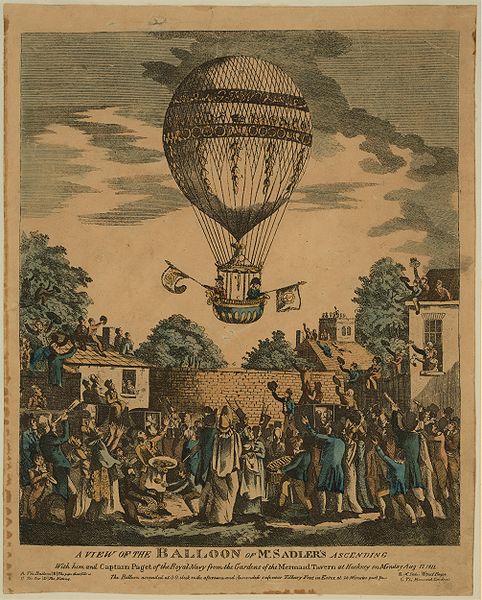
Cholera in Silk Mill Row, Hackney
Information taken from Cholera and public health in 19th century Hackney, Dick Hunter, Hackney History 13, pp 24-33
During the first half of the C19 it became clear that the health of Londoners was under serious threat. While it was not yet
Information taken from Cholera and public health in 19th century Hackney, Dick Hunter, Hackney History 13, pp 24-33
During the first half of the C19 it became clear that the health of Londoners was under serious threat. While it was not yet

understood that cholera was spread by dirty water, there was increasing alarm at the four cholera epidemics that took so many lives. The Thames received most of the capital’s sewage and also provided much of its water supply. The stink of the river alone was sufficient to provoke
concern. The Metropolitan Board of Works was founded in 1855 to improve London’s sewerage, drainage, paving, cleaning and lighting.
London districts had to appoint Medical Officers of Health and the seven wards of Hackney and the five wards of Stoke Newington worked together
London districts had to appoint Medical Officers of Health and the seven wards of Hackney and the five wards of Stoke Newington worked together
to form the Hackney District Board. Although less than ten cholera deaths were recorded in Hackney in1831-2, around 200 died in each of the later epidemics of 1848-9,1853-4 and 1865-6. Diarrhoea was also a killer. The District Board received reports of deaths linked to poor
drainage in areas such as the back of Homerton High Street and Upper Clapton. Stoke Newington churchwardens lobbied the Board to ask for more medical support to the poor and a number of high risk areas were identified.
One of these was Silk Mill Row, 14 dwellings near Cassland
One of these was Silk Mill Row, 14 dwellings near Cassland
Road and Well Street that were home to 85 people. In 1848 it was reported that cesspools, for the collection of sewage, had been dug within yards of a well supplying drinking water. This had soon become thick with fecal matter. The landlord pumped off the worst of this offensive
waste and declared the water fit for his tenants. 59 people suffered from diarrhoea but the medical officer, Dr Tripe, refused to acknowledge polluted water as the cause.
The 1856-6 cholera epidemic brought new urgency to the District Board’s response. 245 cesspools were
The 1856-6 cholera epidemic brought new urgency to the District Board’s response. 245 cesspools were
connected to the sewers and 383 drains were repaired. Local government and voluntary bodies were more active in offering relief to the sick. Constant free water was provided from standpipes in several areas including Silk Mill Row but the East London Water Company were found to
be providing water contaminated by sewage. While there was a growing understanding that cholera was a water borne disease, Dr Tripe continued to assert the cause was poor ventilation. Fortunately, his views did not survive the public health reform that finally put an end to
London’s cholera epidemics.1848 By Wendy Forrest layers of London @threadreaderapp unroll
• • •
Missing some Tweet in this thread? You can try to
force a refresh



















